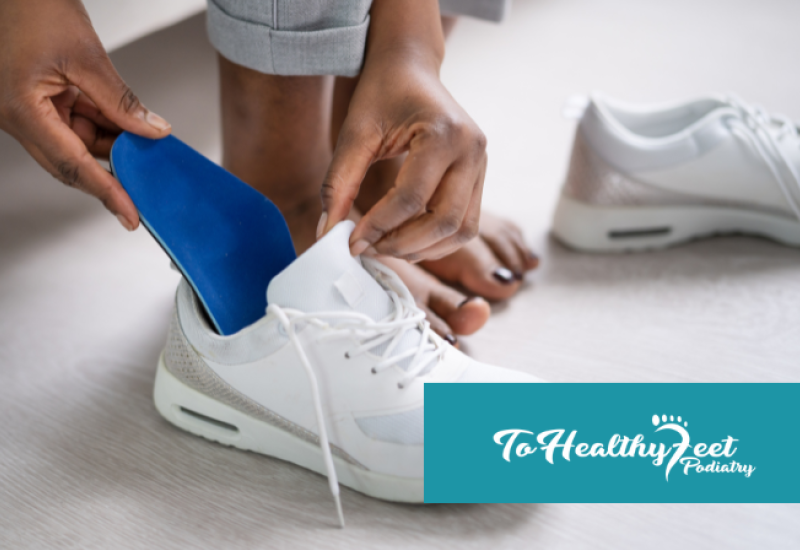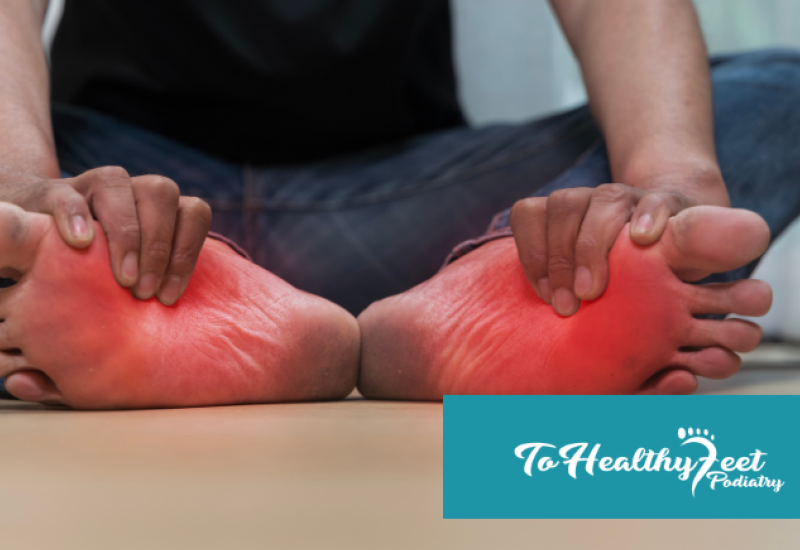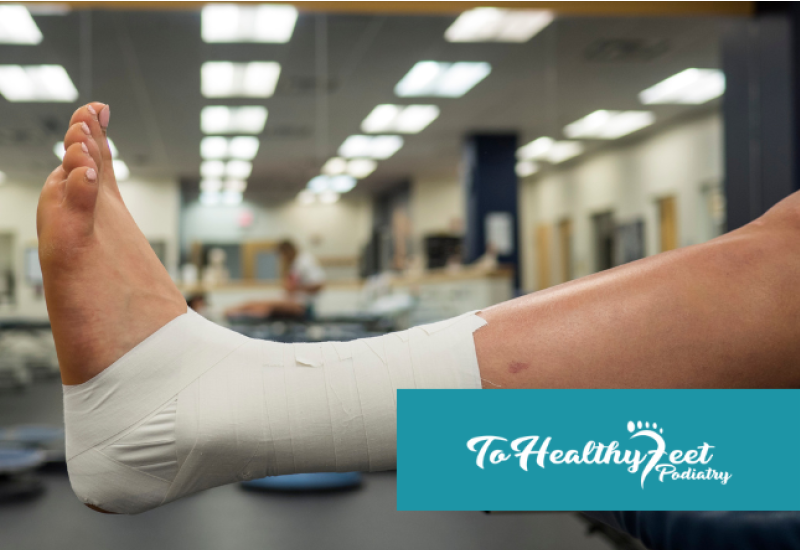You've been noticing that the side of your big toenail is hurting, especially when you touch it, wear shoes, or even when you walk on it. Your toe looks fine, and you've even trimmed your nails- so why does it hurt? It could be an ingrown toenail.
Don’t Live in Pain- Get An Assessment and Treatment At our Manhattan Podiatry Clinic
At our two foot clinics located in Midtown and Downtown NYC, we have a team of foot specialists that can accurately diagnose and treat a variety of foot and ankle conditions, including ingrown toenails, bunions, diabetic foot, plantar warts, plantar fasciitis, and much more!
We offer surgical and non-surgical treatment options to help restore your foot’s function and eliminate any pain. If you are suffering from an ingrown toenail it is crucial to get an assessment to prevent and treat an infection. If you suffer from recurring ingrown toenails, there is treatment available.
Contact our clinic today to schedule your appointment!
How To Spot, Treat and Prevent Painful Ingrown Toenails
What Does An Ingrown Toenail Look Like?
An ingrown toenail is often hidden beneath the surface as it grows under the skin rather than over it. Other times the nail grows into the skin, which is imaginably painful. If it becomes infected, it may become red, tender, or swollen around the toe's nail area and even produce pus if it becomes exceptionally neglected.
Why Do Ingrown Toenails Happen?
Ingrown toenails can happen from how you cut your toenails (the sides rather than straight across). They can be recurring due to the way a nail grows or from injury. Patients who do not have sensation in their legs and use wheelchairs are especially at risk of ingrown toenails and infection. They often hit their toes on things or do not feel the initial signals of an ingrown toenail until it is a visible infection. If you're particularly prone to ingrown toenails, your podiatrist may offer medication to put on the affected side that prevents the nail from growing in that area. This will not create a deformity but may be a more effective long-term solution than constantly suffering from ingrown toenails that end with a clinic visit for removal.
What Happens If You Don't Treat An Ingrown Toenail?
Failing to treat an ingrown toenail can quickly become infected. Infected ingrown toenails are quite dangerous because of the proximity to toe bone. An infection that spreads to the bone can lead to a condition called osteomyelitis. Hospitalization can be required and could lead to amputation in a worst-case scenario, and it is urgent that you treat an ingrown toenail at the first signs.
How To Get Rid of an Ingrown Toenail
Undoubtedly, if you can feel an ingrown toenail, it is hard to ignore. However, it may be something you are simply putting off treating or don't know-how. Here are a few home remedies for ingrown toenails you can try if it has not become infected yet:
If the pain does not subside or it seems to be getting worse, you may need to visit a podiatry clinic for treatment. Your podiatrist may recommend minor ingrown toenail surgery. Sometimes, a patient will require antibiotics before a podiatrist can perform minor surgery to reduce inflammation and treat the infection. Then the podiatrist will numb the affected toe and remove the sliver of the nail.
Have an ingrown toenail, or Interested to learn more about the procedure to prevent recurring ingrown toenails? Give our midtown or downtown New York podiatrist clinic a call at 917-398-FOOT
FAQ's
Are there ways to treat an ingrown toenail at home?
You may be able to treat a mild ingrown toenail by using sanitized tools to cut the nail, with Epsom salt baths, or even by placing a small wad of cotton between the nail and the nailbed/skin to guide it away from your skin.
Will an ingrown toenail heal itself on its own?
Most likely, your ingrown toenail will not go away on its own without home remedies or a visit to the podiatrist clinic for ingrown toenail removal.
Should you cut or dig at an ingrown toenail?
Avoid cutting or digging at an ingrown toenail, as any open skin is an access point for bacteria and infection, but instead clean the area thoroughly, and if you need to cut the nail leave a millimetre of the nail from the edge of the white portion. Call a podiatrist for an assessment if you require intervention.



